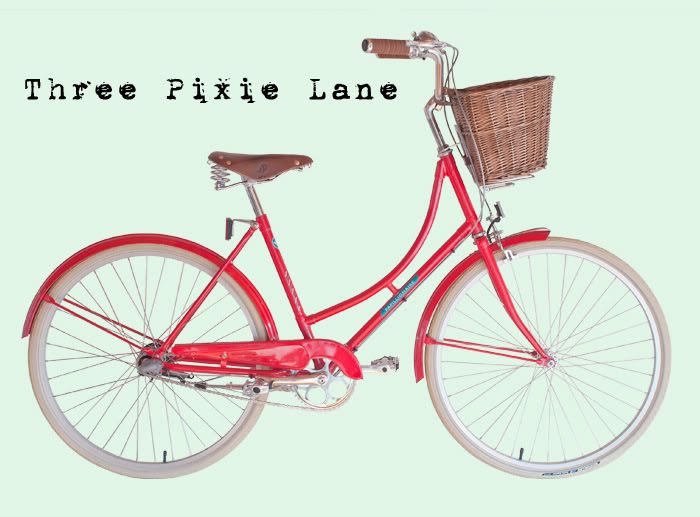I commented in an earlier post that several of our appliances broke at Christmastime, which prompted a kitchen remodel.
I was responsible for destroying our last stove by 'storing' some plastic containers and plates in the oven during a quick clean-up for guests. A few days later, my daughter turned on the oven to bake some rolls and came yelling through the house, "The stove is on fire!"
Lovely. Melted. Burnt plastic. Everywhere. The clean-up was bad enough, but afterwards, the oven simply did not work. Not one of my brightest moments. Surprisingly, I have a degree in chemistry and vaguely remember something about melting points.
Along with the disposal and the frig, we had to replace our stove. We had been anticipating this, so gave the entire space an overhaul.


We researched and discussed pros and cons of induction or gas verses electric cooking. I really, really love the nostalgic look of the gas stoves. Plus, I actually know how to cook on a gas top stove after years of cooking with my Granny (not that I can cook anything as good as my sweet Granny!) We quickly ruled out the gas range, because to run or vent through our ceiling would also mean having to move the hot water heater. This would have been very costly, as would the additional wiring.
Here is my kitchen before. I don't have a close-up of the stove, but it functioned well for about fifteen years. We made many changes that allow this space to function so much more efficiently.
So why induction cooking?
1. The New York Times calls it the 'ipad of cooking.' I don't have an IPad, but I can tell you that this stove does function precisely and efficiently. I love it and feel like I have become a better cook (Pinterest has helped, too! Click here to see my 'Bake or Make' board.) I also love the vintage look with the high-tech capabilities.
2. You can adjust the cooking heat instantly and with great precision. Electric cooking is slow to increase or decrease its temperature. Induction cooking is as instantaneous and as exact as gas cooking.
3. Induction cook tops heat 25-50 percent faster and distribute the heat more evenly.
3. Induction cook tops heat 25-50 percent faster and distribute the heat more evenly.
4. With induction cooking, the energy is supplied directly to the cookware by the magnetic field. In comparison, only 40% of the energy in gas is used to cook, whereas 84% of the energy in induction cooking is used to cook.
5. "If you can't stand the heat, get out of the kitchen." Because, most of the heat is used to cook with induction and not wasted, the kitchen remains cooler. That old saying doesn't apply here!
6. Induction cooking has been around for decades and is widely used in Europe. Many restaurants now use induction cooking for its ease of use and rapid results. Recent demands have driven prices down.
7. With cooler surfaces, these cook tops are easier and safer to clean.
8. I love this particular stove with only a few knobs, because it is simple and not fussy. Too many buttons and things flashing confuse me.
Possible downfalls of induction cooking?
1. Induction cook tops require ferromagnetic cookware to work. I had only one pot and a few cast iron pans of my grandparents that worked with my new stove. I was still using the same pots and pans we received for wedding gifts almost twenty years ago. You have to use pots made of magnetic materials, such as stainless steel or cast iron. Most All Clad and Le Creuset cast iron pans will work with induction cooking; however, I bought a generic set from Costco that works great. I am told IKEA pots and pans work, as well. Keep a magnet in your pocket, so you can check!
2. Induction cook tops are efficient, but it's not clear whether they're cheaper to operate than gas or electric. I wouldn't expect the energy savings to make up the cost difference. The upfront cost is more expensive than gas or electric stoves.
3. If you're replacing a stove or remodeling an existing kitchen, be sure that your wiring, voltage and amperage can handle the load. We had to change the wiring, which added additional cost.
4. Some recipes call for charring food over an open flame. You can't do this with induction cooking or traditional electric cook tops.
(Source)
7. With cooler surfaces, these cook tops are easier and safer to clean.
8. I love this particular stove with only a few knobs, because it is simple and not fussy. Too many buttons and things flashing confuse me.
Possible downfalls of induction cooking?
1. Induction cook tops require ferromagnetic cookware to work. I had only one pot and a few cast iron pans of my grandparents that worked with my new stove. I was still using the same pots and pans we received for wedding gifts almost twenty years ago. You have to use pots made of magnetic materials, such as stainless steel or cast iron. Most All Clad and Le Creuset cast iron pans will work with induction cooking; however, I bought a generic set from Costco that works great. I am told IKEA pots and pans work, as well. Keep a magnet in your pocket, so you can check!
2. Induction cook tops are efficient, but it's not clear whether they're cheaper to operate than gas or electric. I wouldn't expect the energy savings to make up the cost difference. The upfront cost is more expensive than gas or electric stoves.
3. If you're replacing a stove or remodeling an existing kitchen, be sure that your wiring, voltage and amperage can handle the load. We had to change the wiring, which added additional cost.
4. Some recipes call for charring food over an open flame. You can't do this with induction cooking or traditional electric cook tops.
(Source)
I have not mastered the cleaning of stainless steel; however, I have found this 409 Stone & Steel, as well as, these microfiber cleaning cloths (Target) to work great. Let me know if you have a favorite product for cleaning stainless steel!
If you are considering an induction cook top, please don't hesitate to contact me with questions. I am not a chef and I don't know very much about gadgets, but this stove has challenged me to be a better cook for my family. I did my research on it, and I am very pleased with it!
Several of my cabinet doors had to be repainted, so I am still waiting to take some final pictures for y'all. Thanks for being interested in seeing the final product! It has been a process, and I can't wait to finish it and to share with you what I have learned!
Thanks for stopping by!
Pin It Now!































































